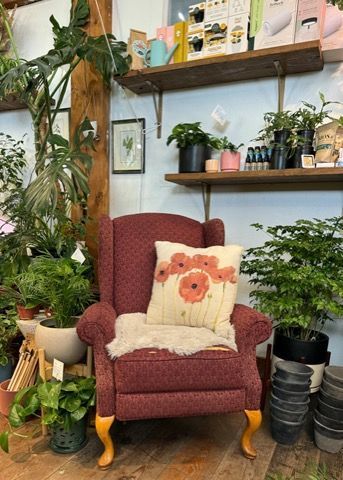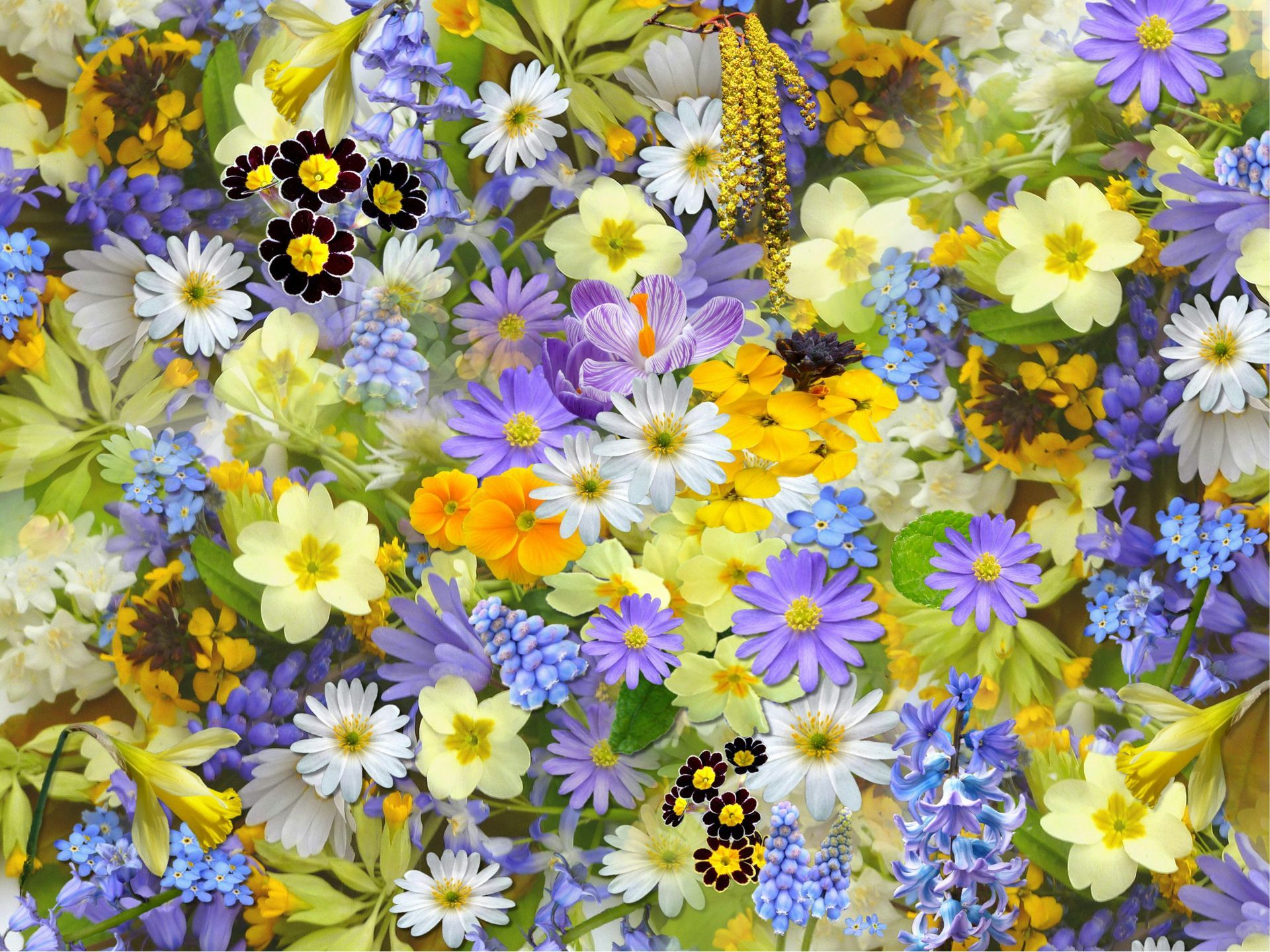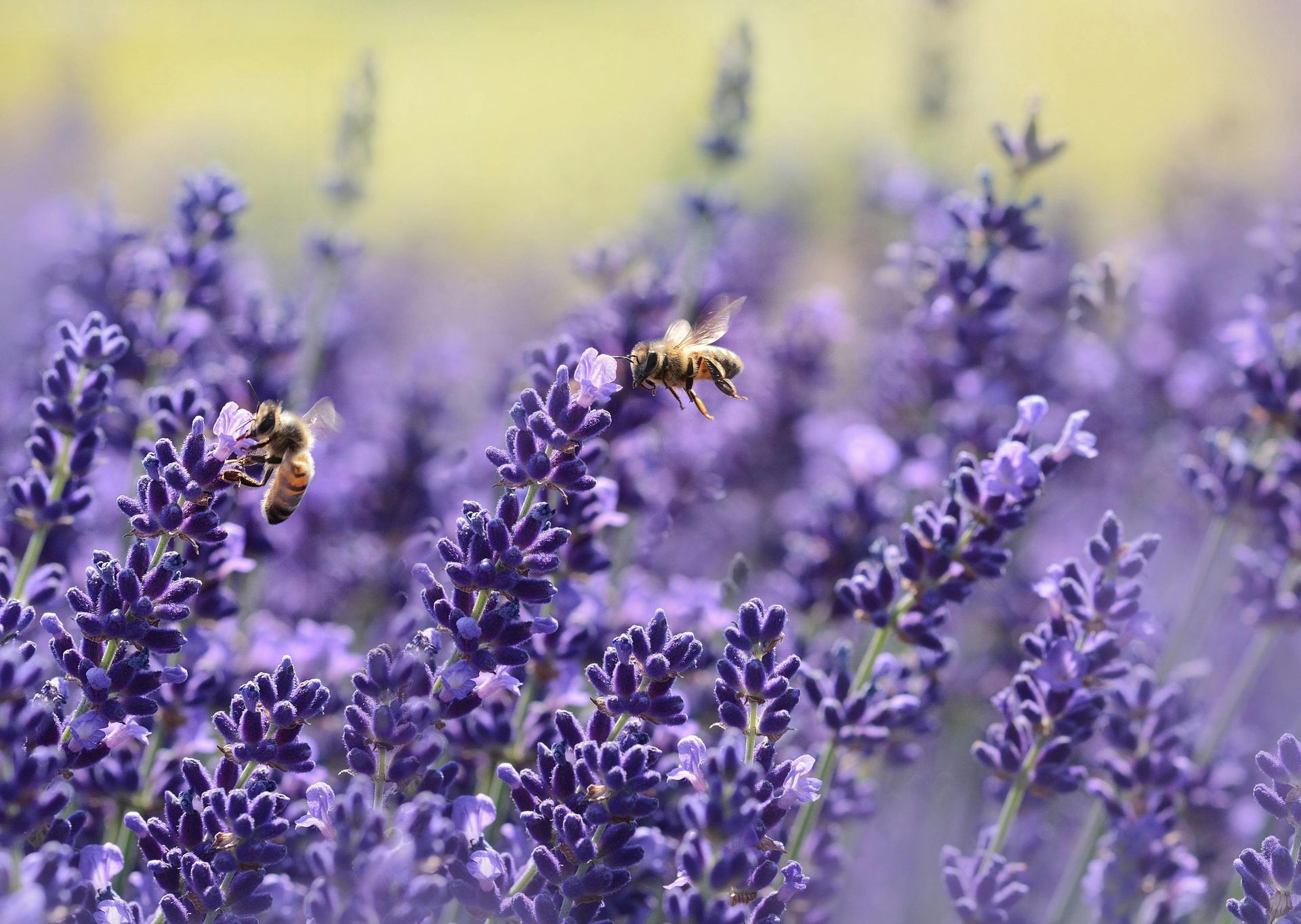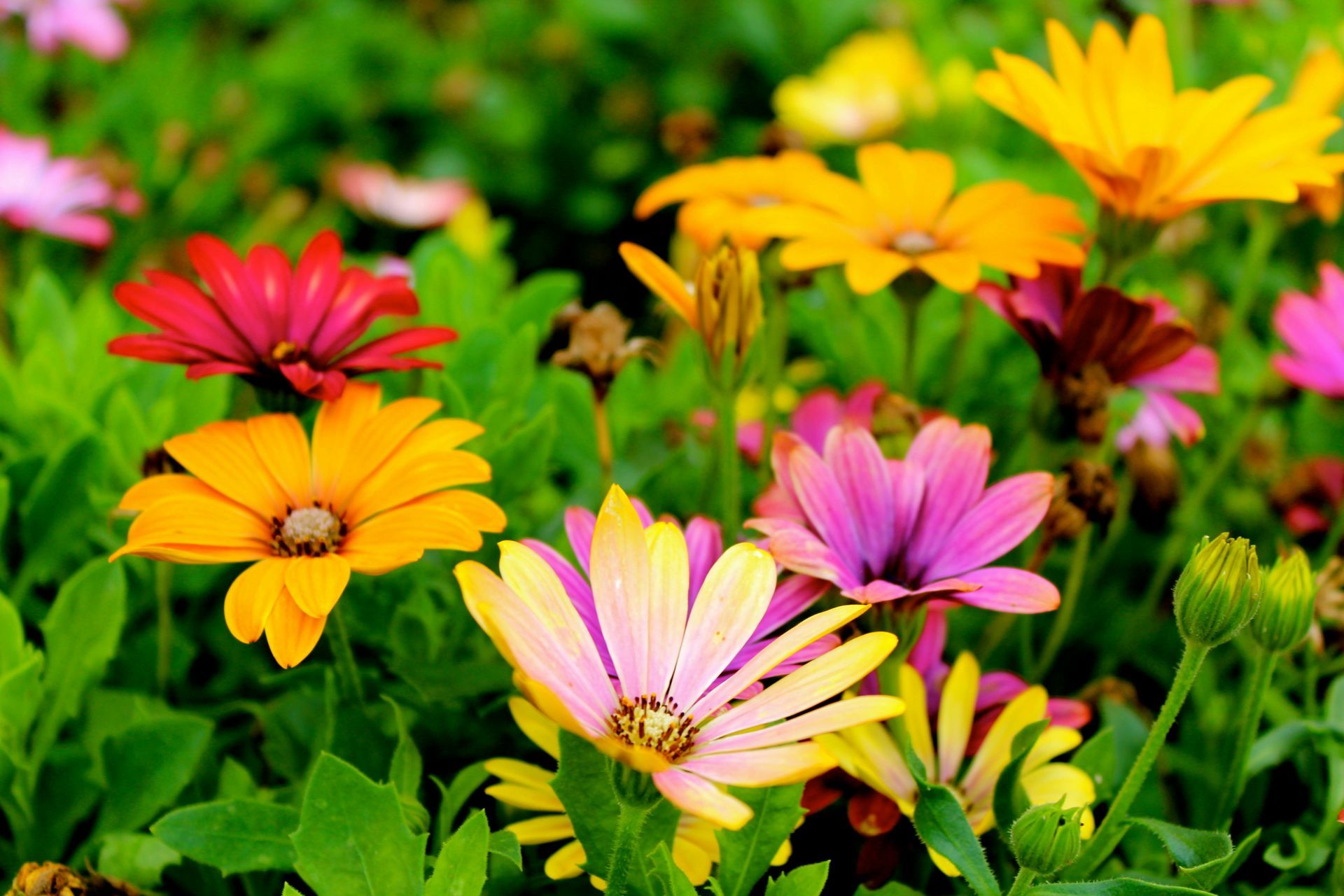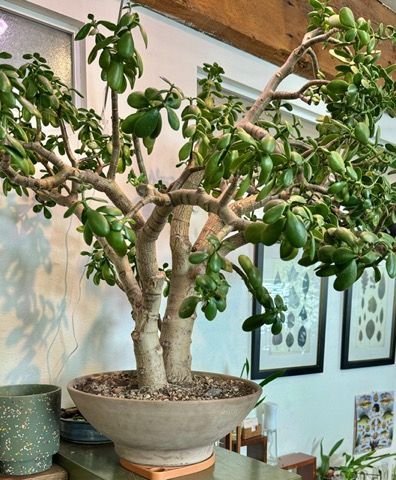Attracting Pollinators: How to Plant a Bees and Butterfly Flower Bed
Five Steps to a Beautiful Pollinator Garden
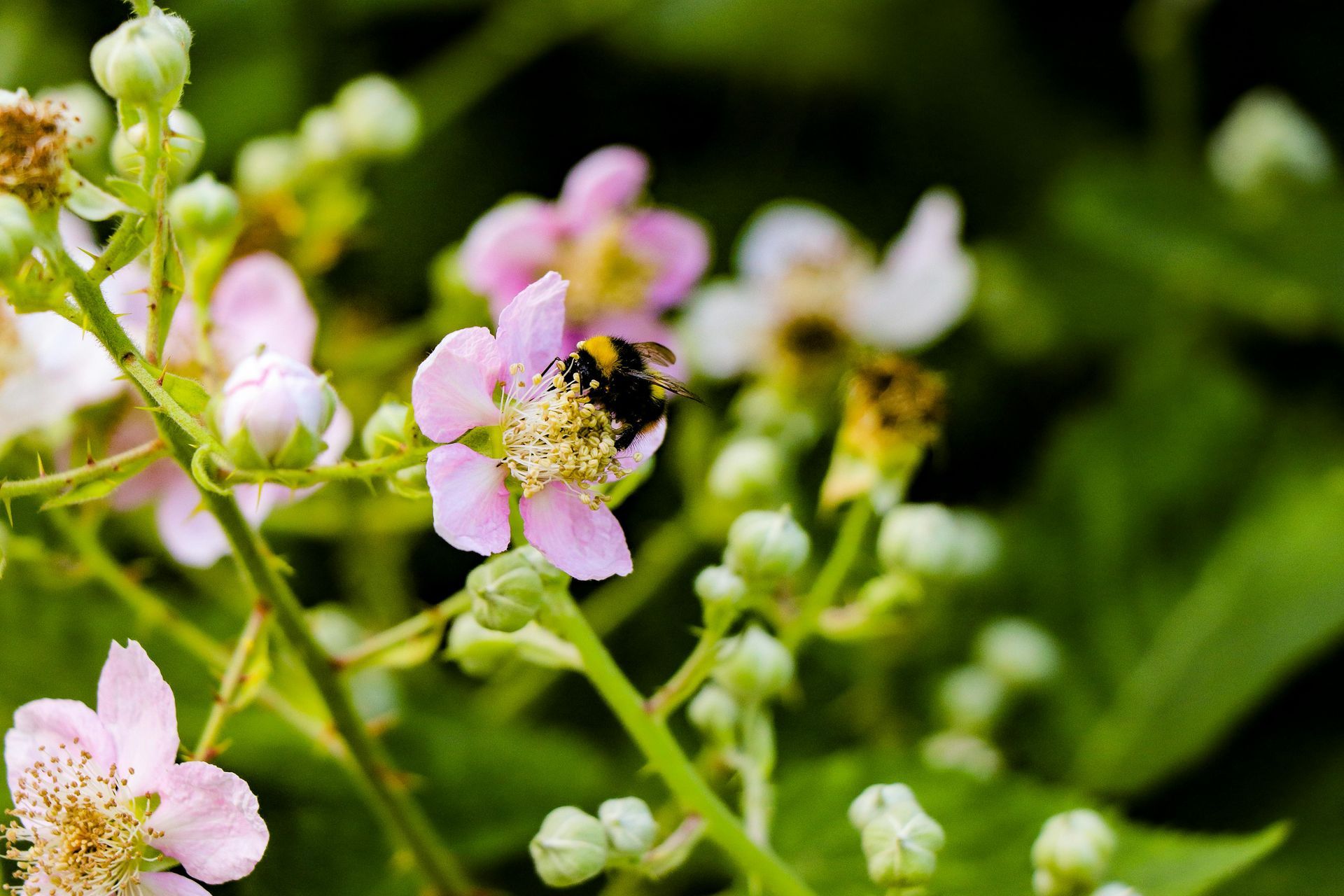
Pollinators like bees and butterflies play a crucial role in supporting healthy ecosystems and productive gardens. If you’re interested in creating a pollinator-friendly space, a bees and butterfly flower bed is a great way to contribute to biodiversity while beautifying your yard.
1. Choose Pollinator-Friendly Flowers for your Missoula Garden
Pollinators are attracted to bright, fragrant flowers that provide nectar and pollen. Some of the best Montana flower seeds for a pollinator garden include:
• Echinacea (Coneflower) – A favorite of bees and butterflies
• Lupine – Native to Montana and a great early-season nectar source
• Bee balm – Attracts hummingbirds, bees, and butterflies
• Sunflowers – A magnet for pollinators and great for seed-eating birds in the fall
2. Support Local and Buy Seeds in Missoula
When selecting seeds, opt for varieties from a Missoula seed store that are well-suited to the local environment. Supporting small local plant stores ensures you get high-quality seeds adapted to Missoula’s growing conditions.
3. Plan Your Pollinator Garden Layout
- Plant in clusters – Large groups of flowers are easier for pollinators to locate.
- Include a variety of bloom times – Ensure flowers are available from early spring through late fall.
- Use native plants – They require less maintenance and are better adapted to local pollinators.
4. Provide Essential Pollinator Habitats
Beyond flowers, make sure to include:
- Flat stones for butterflies to sunbathe
- A shallow water dish with pebbles for bees to drink
- Undisturbed soil areas for native ground-nesting bees
5. Avoid Pesticides
Many chemicals harm pollinators. Use organic gardening practices and introduce beneficial insects like ladybugs to control pests naturally.
Creating a flower garden that supports bees and butterflies is a rewarding way to contribute to the environment while enhancing the beauty of your garden. Leaf + Quiet offers a wide selection of pollinator friendly seed mixes rated to thrive in Missoula.
